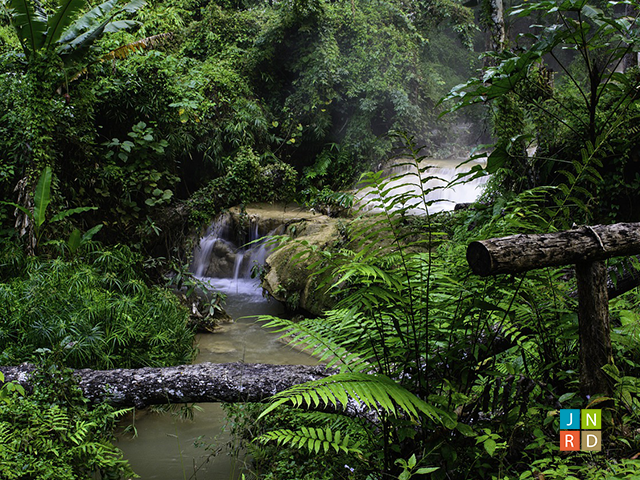Assessing How Collaborative Resource Management Impacts Victims’ Perspectives on Wildlife Crop Raids
Main Article Content
Abstract
Collaborative resource management has been touted as one of the ways conservation of wildlife resources can be improved, especially in off-protected areas. Three indicators were used to test whether collaboration between the Wildlife Division of the Forestry Commission of Ghana and local communities has any impact on farmers’ perspectives on crop raiding. The indicators were: (1) methods used by farmers to reduce raiding, (2) institutions to which farmers report raids, and (3) the kind of assistance needed to reduce raiding. The findings suggest there were no differences between the collaborative indicators and the two chosen study locations. However, on the question of institutions where raiding incidences were reported and location, the difference was significant (X2=14.523; DoF= 5; P=0.01261). In addition, there was a statistically significant relation between location and participants’ responses to species that raided their crops (X2=16.988; DoF=4; p= 1.943e-3). Participants from the two locations did not show differences in their responses to preventive methods. Male respondents mentioned the use of traps as their major preventive method, although this is against wildlife hunting regulations in Ghana. Educating and supporting farmers with appropriate preventive methods that reduce their losses to wildlife crop raiding is recommended to improve conservation.
Article Details
Issue
Section

This work is licensed under a Creative Commons Attribution-NonCommercial-NoDerivatives 4.0 International License.

